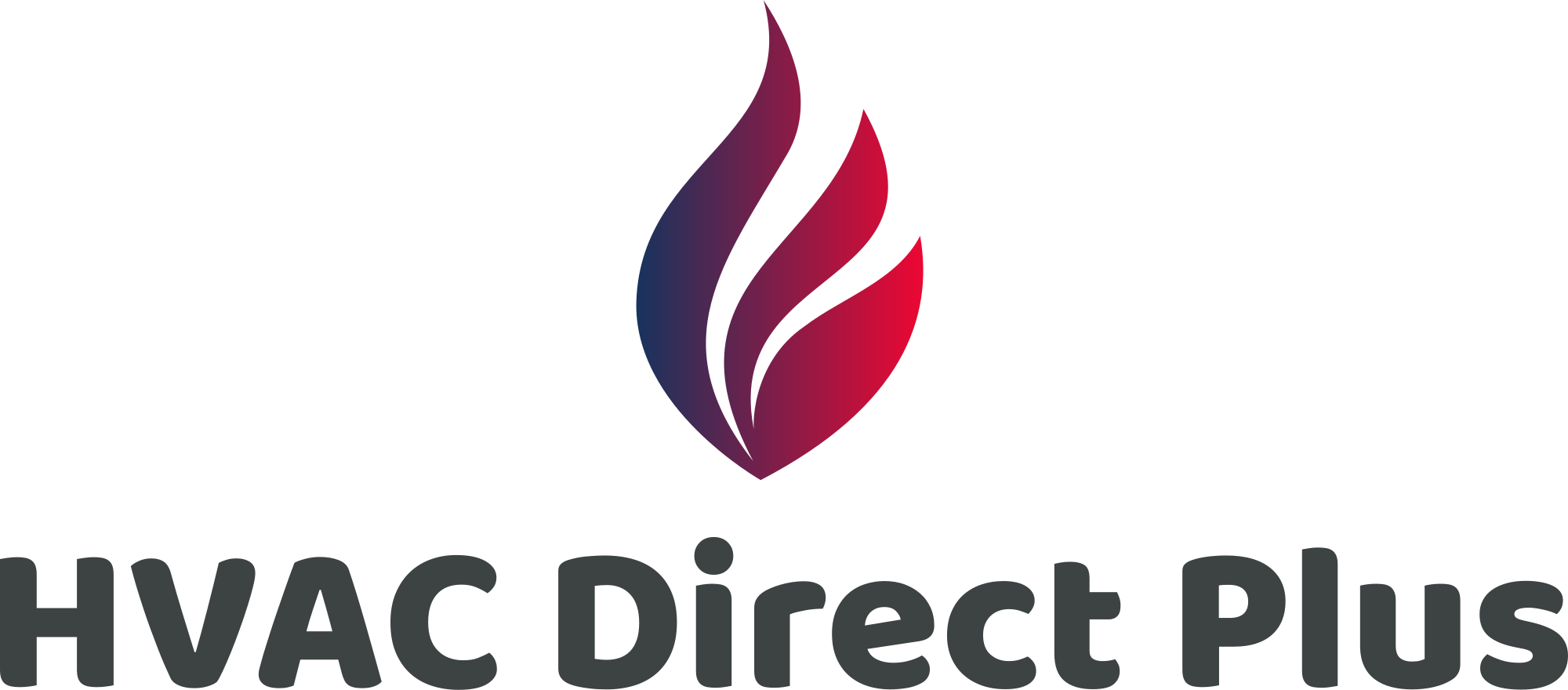The Rising Costs of Energy and the Efficiency of Ductless Units
In today’s ever-changing landscape of energy expenses, the relentless ascent of gas and electricity prices has become a significant concern for homeowners. As a response, many are exploring innovative heating and cooling solutions that promise efficiency and comfort. Enter ductless units, a marvel of modern technology, specifically designed to address these rising energy concerns while enhancing home comfort.
Understanding Ductless Unit Efficiency Ratings
Ductless units stand out in a crowded market, primarily because they are engineered with efficiency at their core. Homeowners are often bombarded with a plethora of efficiency ratings that range from one device to another. However, a fundamental aspect often overlooked is that these ratings are typically measured at full operational capacity. In reality, most ductless systems operate at partial capacity, which transforms the efficiency dynamics significantly.
The Efficiency at Partial Capacity
When running at partial capacity, ductless systems excel, leading to increased efficiency levels. This means that homeowners can enjoy a more comfortable living environment without the spikes in energy costs typically associated with systems running at maximum output. It is a bit like a sports car that performs optimally at a steady speed rather than at full throttle. The key here is that ductless units strive to continually adjust their output to meet the unique demands of your home, achieving a sweet spot that ensures consistent comfort while minimizing energy waste.
Comfort in Every Season
Ask any homeowner what the most comfortable scenario is during the sultry days of summer, and they’ll likely tell you it’s when their air conditioning unit is working effectively. Ductless units provide that comfort by delivering a constant, gentle flow of cool air. This allows you to set your thermostat a notch higher without sacrificing comfort—after all, it’s easier to feel comfortable when the air conditioner is operating continuously rather than cycling on and off.
Dehumidification and Shoulder Seasons
In the transitional months of spring and autumn, managing humidity becomes paramount. Ductless systems shine during these shoulder seasons by effectively dehumidifying your home while maintaining a pleasant temperature. You can shift your focus from mere cooling to removing excessive moisture, creating a more inviting environment.
The Winter Advantage: Heating Your Home Efficiently
When winter arrives, comfort takes on a different definition. Residents often find solace in the toasty embrace of a furnace’s warm air. Ductless units, designed to operate brilliantly in these colder months, provide consistent heat without overwhelming a single space. Rather than blasting heat for a short duration and then shutting down, ductless systems work continuously to deliver a stream of warm air tailored to your home’s requirements.
Cold Climate Performance
For those in frigid climates, the concern about a heating system’s performance in extreme cold is valid. However, modern ductless units have been rigorously tested and are rated to operate effectively down to a bone-chilling negative 13 degrees Fahrenheit. This means you can trust these systems to keep your home comfortable even during the harshest winter conditions.
The Transition Towards Electrification
As energy prices continue to climb, the discussion about transitioning from gas to more sustainable electrical options has gathered momentum. While traditional heating solutions, such as gas furnaces, provide reliability, their increasing costs pose challenges. Furthermore, growing environmental concerns surrounding carbon emissions drive the need for greener alternatives.
Pairing Options for Enhanced Efficiency
Interestingly, homeowners are not limited to single options. The world of home heating and cooling now allows for the strategic pairing of systems. By combining a ductless unit with a gas furnace or a gas-fired boiler, you can leverage the unique strengths of each system. This hybrid approach maximizes energy efficiency, giving homeowners the best of both worlds: the responsiveness and comfort of ductless systems and the reliability of gas-powered solutions.
Financial Incentives for Electrification
In addition to the quest for efficiency, there are significant financial incentives to electrify our homes. Government programs may offer rebates and tax credits for homeowners who install energy-efficient appliances and systems. By taking advantage of these incentives, individuals can offset the costs associated with upgrading their heating and cooling solutions, making the transition to a more efficient home not only eco-friendly but also economically viable.
Conclusion: Embracing Comfort and Efficiency
As energy prices rise and the demand for sustainable living options increases, ductless units emerge as not just a solution but a paradigm shift in home comfort. Their exceptional efficiency at partial capacity, adaptability to varying seasonal conditions, and impressive performance in cold climates offer homeowners a comprehensive comfort solution. By considering a holistic approach that incorporates both ductless and traditional heating systems, homeowners can achieve a cozy, efficient, and environmentally responsible home.
With the added layer of financial incentives encouraging the transition to electrified systems, now is the perfect time for homeowners to reevaluate their heating and cooling strategies. By investing in ductless technology, you can stay ahead of rising energy costs, embrace sustainability, and ultimately enjoy a level of comfort that transcends ordinary living.

